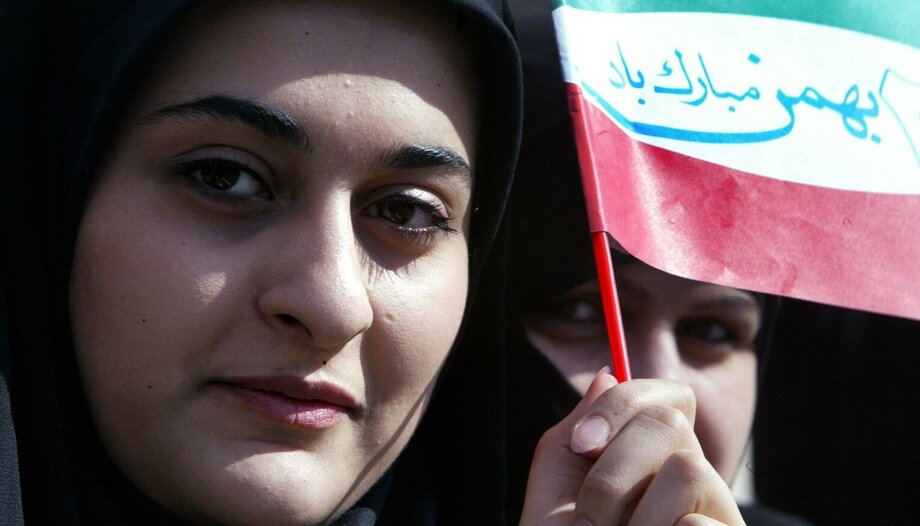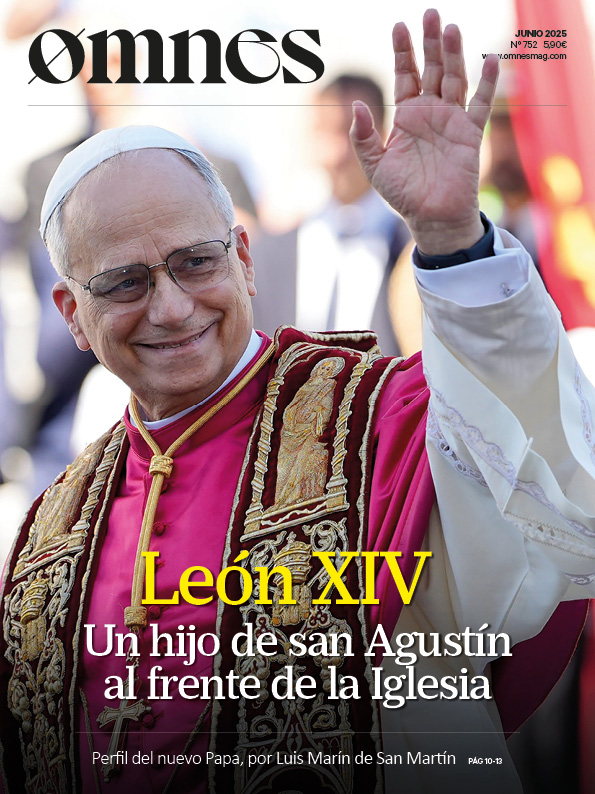In the previous article on Iran, we described the complex history of this great and wonderful country and mentioned the fact that, from a religious point of view, the Iranian people are quite compact, being 99% Muslim (90% of the nearly 90 million Iranians are Shiites, representing about 40% of the world's followers of this branch of Islam).
The iShia Islam.
The origin of the term "Shi'i" or "Shi'ism" (from the Arabic shiʿa, meaning "party", "faction") dates back to 632 AD, when, a year after Muhammad's death, his followers were divided over who should succeed him as caliph (from the Arabic khalifa, meaning "vicar," "successor") and thus "prince of the Muslim believers" (amìr al-mu'minìn), as political and religious authority.
The majority opted for Abu Bakr, Muhammad's friend and father of his second wife, Aisha, while a minority "aligned" with Ali, who was Muhammad's cousin and son-in-law.
Abu Bakr thus became the first caliph, but Ali was the fourth, after the assassination of his predecessor Uthman. In turn, Ali was assassinated in 661 by an exponent of another incipient Islamic sect (Jargism) in Kufa, near Najaf (present-day Iraq), the city where he is buried and which thus became the third holiest city for the Shiites after Mecca and Medina.
The rifts within the Islamic community came to a head in 680, in Kerbala (also in Iraq), when the troops of the ruling Sunni caliph massacred Hussein, second son of Ali and grandson of Muhammad, and the 72 people in his entourage, including women and children. This event is commemorated today by the Shiites on the feast of Ashura, during which many practice matam, an act of self-flagellation, to express their gratitude for the martyrdom of Hussein, considered the second successor of Ali and the Imam, a figure invested with sacredness for the Shiites themselves, who believe that the Imam is the true successor of Muhammad, infallible and appointed by God.
Although at first the differences between Sunnis and Shiites were purely political, and thus related to the succession of Muhammad, they eventually became doctrinal as well.
Characteristics of Shiite Islamta
Most Shiites follow the doctrine of the Twelve Imams (Duodeciman Shiites), and the twelfth (Muhammad al-Mahdi) is considered a Mahdi, a kind of messiah. According to the faithful, the Twelfth Imam never died, but went into hiding (ghayba) in 940 to escape persecution by the Sunni Abbasid caliph, in power at the time. His hiding would last until the end of the world, when he would reappear to restore the purity of early Islam.
All Muslims, Sunni and Shia, observe the five pillars of Islam (profession of faith, prayer five times a day, almsgiving, fasting in the month of Ramadan, pilgrimage to Mecca at least once in a lifetime), share one holy book, the Quran, and agree that Allah is the only god and Muhammad his prophet. However, while Sunnis also base much of their religious practice on the acts of the prophet and his teachings (the sunna), Shiites see their religious leaders, the ayatollahs, as a reflection of God on Earth.
For this reason, the Sunnis consider the Shiites as heretics, while the latter accuse the former of extremist dogmatism, and their divisions have now been accentuated politically as well (which is evident in the alliances between governments and countries considered Shiite or in some way pro-Shiite, such as Iran, Syria and Lebanon, versus the Sunnis of the Persian Gulf, such as Saudi Arabia).
Other practices characteristic of Shi'i Islam are taqiyya, which consists of hiding or making concessions in difficult circumstances to protect one's own life or that of others (in practice, pretending not to be a Muslim, even adhering to the precepts of another religion), and mut'a, temporary marriage.
The mut'a
Mut'a is a form of temporary marriage, specific (but not exclusive) to Shi'i Islam. It is a stipulated marriage contract with a fixed duration. It can last a minimum of one hour and up to 99 years: in the first case, some jurists equate it to prostitution. At the expiration of the term, the marriage is considered dissolved without the need for formal divorce (which takes place, in Islam, in a non-consensual manner between the parties, through the repudiation of the man by the woman).
Abolished by the Pahlavi dynasty in the 20th century, but reinstated with the 1979 Revolution and the birth of the Islamic Republic (when Khomeini relegitimized polygamy), mut'a has become common among young men, to escape the control of religious and civil authorities and have "lawful" sexual relations, or among women with economic difficulties, who are forced to accept money from men to temporarily marry them.
In the early years of the 21st century, Mahmoud Ahmadinejad made efforts to amend the family code to make mut'a even simpler and more favorable to men, which triggered a massive mobilization of women, with the collection of millions of signatures, to oppose this bill.
The ayatollahs
Ayatollah (Arabic: "divine sign") is an honorific title typical of Shiite Islam, attributed to men considered experts in theology and Islamic jurisprudence (a kind of clergy unknown in Sunni Islam), who enjoy great respect within the community.
In Iran, the role of these figures is especially important and many religious leaders in the country hold this title.
The role of the ayatollahs is to impart religious teachings, legal interpretations and moral guidance. The most eminent among them may be recognized as Grand Ayatollah or "marja' al-taqlid" (Arabic: source of emulation) and become supreme authorities, as in the case of Ali Khamenei, Grand Ayatollah who holds the powerful position of Supreme Leader of the Islamic Revolution in Iran.
The Iranian regime
In Iran, imams and ayatollahs play a role of religious and political supremacy. As the country has been a presidential Islamic republic since 1979, guided by a theocratic system, the supreme leader is a grand ayatollah, known as "Vali-ye-Faqih" (Persian for "jurist ruler"), and is considered the highest religious and political authority.
There is a division of powers in the country between the civilian (elected by the people, but with limited jurisdiction) and religious powers. It is up to the religious power of the ayatollahs to select candidates for the presidency and to ensure that laws passed by the government and parliament do not contradict the Koran and Islamic doctrine. The president, for example, cannot appoint the minister of justice.
The Supreme Guide (Ayatollah Khamenei since 1989) appoints the six religious members of the Council of Guardians of the Revolution (12 in total, six of whom are lay people appointed by Parliament), is the head of the armed forces and also appoints the heads of the secret services, the religious foundations, the Islamic Revolutionary Guards (Pasdaran) and the national radio and television channels.
Iran is increasingly in the international news, not only because of its important strategic and geopolitical role, but also because of its ongoing human rights violations, especially against women and religious minorities.
Anti-regime protests are the order of the day, heightened especially by the so-called Arab Springs (2011) and the tightening of US sanctions since 2018, which have led to a rise in unemployment and inflation, from 10% to 40%, and a severe recession.
In 2022, the protests almost turned into a revolution when Mahsa Amini, 22 years old and of Kurdish ethnicity, was arrested by the Moral Police for not wearing the veil properly (art. 638 of the Islamic Penal Code: it is forbidden for women to appear in public without a veil). If, in fact, in previous years the hijàb issue had lost importance and for Iranian women had become almost a fetish, a headscarf that could leave loose strands of hair, Ebrahim Raisi, Iran's president since 2021 and considered an intransigent (his presidency has led to a stalemate in negotiations with the United States on the Joint Comprehensive Plan of Action, JCPOA), fearing a decline in customs has made it mandatory to cover even locks of hair and stiffened penalties against women who do not abide by the rules.
The categories most affected during the events of 2022 were obviously, in addition to women, young students, activists, intellectuals and journalists, but also lawyers assisting people guilty of apostasy (especially towards Christianity: there are cases of converted couples whose children have been taken away from them by social services or others who are in prison).
Since 2015, therefore, the Iranian government has introduced biometric identity cards with facial and iris recognition, thus being able to identify the growing number of women who protest by removing their veils and cutting off locks of hair.
From September 2023, moreover, a new law "supporting the culture of chastity and hijab" provides for punishments not only for women who do not wear the veil in public or do not wear it "properly", but also for all public and private officials (including cab drivers), traders, workers in the tourism and communication sector, etc., who fail to monitor or report women who are "guilty" of not observing the hijab regulations or who wear "inappropriate clothing", i.e. "skimpy or tight clothing or clothing that shows a part of the body below the neck or above the ankles or above the forearms".
The measure provides for fines of up to the equivalent of $6,000 (the average monthly salary in Iran was about $300 in 2021), dismissals, jail terms of varying lengths, confiscation of cars, closure of businesses, seizure of passports and a ban on leaving the country for six months to two years.
Penalties are also stiffened for those who "collaborate with foreign governments and media" (up to ten years in prison) and for those who promote "immoral sexuality, unhealthy relationships and individualistic and anti-family models" through the media. The Ministry of Economy and Finance, then, will have to "prohibit the import of prohibited clothing, statues, dolls, mannequins, paintings and other products promoting nudity and indecency" and books or images promoting "immorality" will be detained at customs, while the Ministry of Tourism will have to promote trips and excursions based on the "Islamic model of Iran."
The Global Gender Gap Report on gender equality in 2022 ranks Iran 143rd out of 146 countries surveyed, even worse than the previous year (150th out of 156 countries surveyed).
Finally, the death penalty in Iran is applied not only for the most serious crimes, such as murder, but also (but not always) for apostasy, serious crimes against Islam, homosexuality and illicit sexual relations, adultery, treason, espionage and serious cases of prostitution.
Writer, historian and expert on Middle Eastern history, politics and culture.








